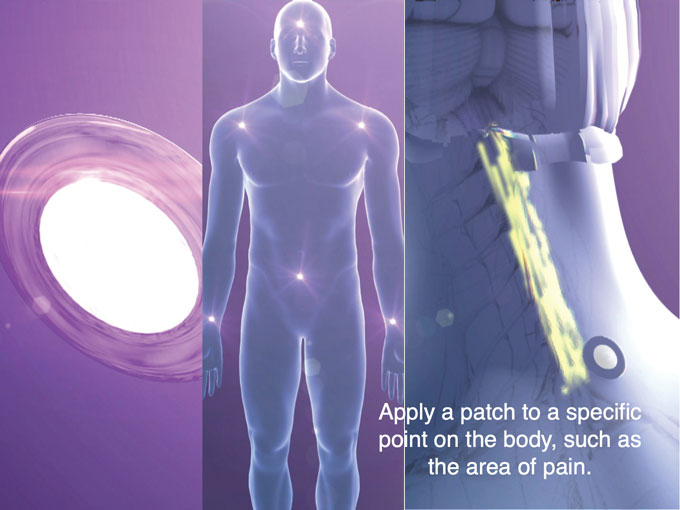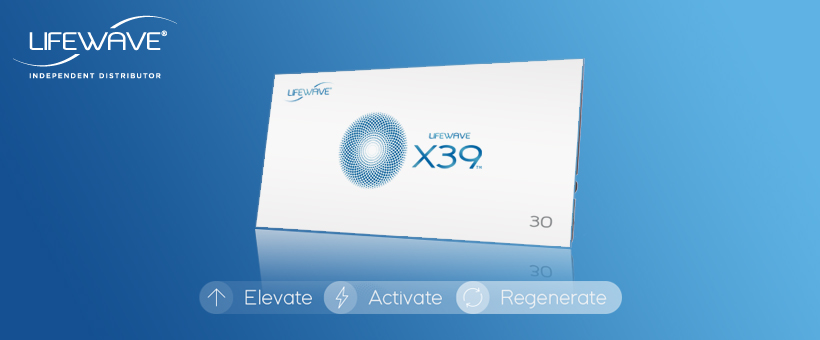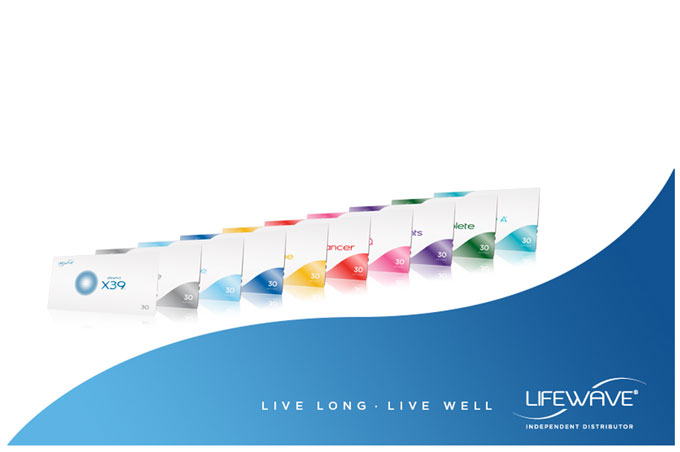Are you searching for a naturally uplifting and non-intrusive therapy for depression? Look no further than Infrared Light Therapy. This innovative treatment utilizes gentle infrared light to target the areas of the brain associated with mood regulation. By stimulating these regions, infrared light therapy has shown promising results in enhancing mood and promoting mental well-being. Say goodbye to heavy medication and embrace a holistic approach to emotional wellness with Infrared Light Therapy.
Understanding Depression
Defining Depression
Depression is a common mental health disorder that affects millions of people worldwide. It is characterized by persistent feelings of sadness, loss of interest or pleasure in daily activities, difficulty sleeping or sleeping too much, fatigue, irritability, and changes in appetite. Depression is not just a passing mood, but a chronic condition that can significantly impact a person’s overall well-being and quality of life.
Signs and Symptoms
Recognizing the signs and symptoms of depression is crucial in seeking appropriate treatment. Aside from the commonly known symptoms such as persistent sadness and loss of interest, other signs may include feelings of hopelessness, guilt, and worthlessness, as well as difficulty concentrating or making decisions. Physical symptoms like headaches, digestive issues, and unexplained body aches can also manifest in individuals with depression. Understanding these signs and symptoms can help in early identification and intervention.
Prevalence and Impact
Depression is a prevalent mental health condition, affecting people of all ages, genders, and backgrounds. According to the World Health Organization (WHO), over 264 million individuals globally have depression. Furthermore, depression has a significant impact not only on the individuals experiencing it but also on their relationships, work productivity, and overall quality of life. It is important to address depression promptly to minimize its long-term effects.
Current Treatments
Drugs and therapy are the traditional methods of treating depression. Antidepressant medications, such as selective serotonin reuptake inhibitors (SSRIs), can help regulate brain chemicals and improve mood. Psychotherapy, including cognitive-behavioral therapy (CBT) and interpersonal therapy (IPT), allows individuals to explore the underlying causes of depression and develop coping strategies. However, these treatments may not work for everyone, and there is a need for alternative approaches that can complement existing treatment options.
Introduction to Infrared Light Therapy
What is Infrared Light Therapy?
Infrared light therapy, also known as photobiomodulation therapy, is a non-invasive treatment that utilizes specific wavelengths of light to stimulate cellular function and promote healing. Unlike ultraviolet (UV) light, which is harmful, infrared light is a safe and invisible form of electromagnetic radiation. Infrared light therapy has been used for various medical conditions, including wound healing, pain management, and now, depression.
How Infrared Light Therapy Works
Infrared light therapy primarily works by penetrating the skin and being absorbed by the cells within the body. This light energy stimulates the mitochondria, the powerhouse of cells, to produce more adenosine triphosphate (ATP), which is essential for cellular function and energy production. Additionally, infrared light therapy promotes the release of nitric oxide, a molecule that dilates blood vessels, increases blood flow, and enhances circulation. These mechanisms are believed to contribute to the therapeutic effects of infrared light therapy for depression.
Benefits of Infrared Light Therapy
Infrared light therapy offers several potential benefits for individuals with depression. One of the key benefits is its ability to modulate brain activity and promote the release of neurotransmitters like serotonin and dopamine, which play crucial roles in regulating mood. The increased blood flow and circulation induced by infrared light therapy can also enhance the delivery of oxygen and nutrients to the brain, promoting overall brain health. Additionally, this therapy has been found to reduce inflammation in the body, which is implicated in the development and progression of depression.
Scientific Research on Infrared Light Therapy for Depression
Studies and Findings
Scientific research on the efficacy of infrared light therapy for depression is still evolving, but early studies have shown promising results. A randomized controlled trial published in JAMA Psychiatry in 2018 investigated the effects of infrared light therapy on adults with major depressive disorder. The study found that participants who received active infrared light treatment experienced significant improvements in depressive symptoms compared to those who received sham treatment. Other studies have reported similar positive outcomes, further supporting the potential of this therapy in managing depression.
Mechanisms of Action
The precise mechanisms by which infrared light therapy alleviates depression are not yet fully understood. However, researchers believe that the therapy’s impact on brain activity and neurotransmitter levels, as well as its anti-inflammatory properties, likely contribute to its antidepressant effects. The stimulation of cellular function and increased circulation induced by infrared light therapy may also play a role in promoting overall well-being and mental health.
Comparison with other Treatment Options
Compared to traditional treatments for depression, such as medication and therapy, infrared light therapy offers several advantages. It is non-invasive, painless, and does not require the ingestion of chemicals or drugs. Additionally, infrared light therapy appears to have minimal side effects and can be used in conjunction with existing treatments. However, it is important to note that infrared light therapy should not replace conventional treatments but rather be explored as an adjunctive therapy option.
Efficacy and Safety
Effectiveness of Infrared Light Therapy
While evidence supporting the efficacy of infrared light therapy for depression is promising, further research is needed to establish its effectiveness definitively. It is important to consult with a healthcare professional before starting any new treatment, including infrared light therapy, and to discuss individual circumstances and treatment goals. Research thus far suggests that individuals with mild to moderate depression may benefit the most from infrared light therapy, but its potential effectiveness for severe depression is still being investigated.
Safety Considerations
Infrared light therapy is generally considered safe when used appropriately. The therapy does not produce harmful radiation like UV rays, and the devices used for infrared light treatment are designed to emit safe levels of light energy. However, precautions should be taken to avoid direct exposure to the eyes, which can be sensitive to intense light. It is essential to follow the usage guidelines provided by the device manufacturer and consult a healthcare professional if there are any concerns or existing eye conditions.
Side Effects and Risks
Infrared light therapy is a non-invasive and generally well-tolerated treatment option, with minimal reported side effects. Some individuals may experience mild temporary symptoms, such as temporary headache or eyestrain, which resolve quickly. However, it is crucial to note that individual responses to any treatment can vary, and it is essential to monitor and communicate any adverse effects to a healthcare professional.
Infrared Light Therapy Devices
Types of Infrared Light Therapy Devices
Infrared light therapy devices come in various forms, including handheld devices, light panels, and full-body infrared saunas. Handheld devices offer portability and convenience, allowing targeted treatment for specific areas of the body. Light panels provide larger coverage, making them suitable for treating a broader area or multiple individuals simultaneously. Full-body infrared saunas offer a spa-like experience by providing heat and infrared light therapy to the entire body.
Choosing a Device
When choosing an infrared light therapy device, several factors should be considered, including the intended use, personal preference, and budget. It is important to select a device from a reputable manufacturer that complies with safety standards and regulations. Reading reviews and consulting with healthcare professionals or experts in the field can also provide valuable insights when making a decision.
Usage Guidelines
Each infrared light therapy device may come with specific usage guidelines provided by the manufacturer. These guidelines typically include information on treatment duration, distance from the body, and frequency of sessions. It is essential to follow these guidelines to ensure safe and effective treatment. Starting with shorter sessions and gradually increasing duration and intensity may be recommended to assess individual tolerability and response.
Incorporating Infrared Light Therapy into Depression Treatment
Combining Infrared Light Therapy with Medication
Infrared light therapy can be used as an adjunctive treatment alongside medication for depression. It is important to consult with a healthcare professional before making any changes to medication regimens or initiating new treatments. Combining infrared light therapy with medication may provide additional benefits, as the therapy targets different mechanisms involved in depression, potentially enhancing overall treatment outcomes.
Complementary Therapies
Infrared light therapy can also be complemented with other non-pharmacological therapies commonly used in managing depression. Physical exercise, mindfulness practices, and relaxation techniques are known to have positive effects on mental health and well-being. Integrating these therapies with infrared light therapy can create a holistic treatment approach, addressing both the physical and emotional aspects of depression.
Integrating Infrared Light Therapy into Psychotherapy
Psychotherapy, particularly cognitive-behavioral therapy (CBT) and interpersonal therapy (IPT), is a cornerstone of depression treatment. Infrared light therapy can be integrated into psychotherapy sessions, creating a soothing and supportive environment for therapy. The calming effects of infrared light therapy may enhance relaxation and openness during sessions, allowing individuals to engage more fully in the therapeutic process.
Case Studies and Personal Experiences
Success Stories
Several individuals have reported positive experiences with infrared light therapy for depression. Success stories range from individuals who have experienced significant improvements in mood and overall well-being to those who have successfully reduced their reliance on medication. These personal accounts serve as a testament to the potential benefits of infrared light therapy, highlighting its ability to uplift mood and mind.
Individual Experiences and Testimonials
Beyond success stories, individual experiences and testimonials provide further insights into the impact of infrared light therapy on depression. While each person’s journey is unique, many individuals have described feeling a sense of relaxation, improved sleep, increased energy levels, and heightened mental clarity after incorporating infrared light therapy into their treatment plan. These firsthand accounts can offer valuable perspectives for those considering this therapy for depression management.
Practical Considerations
Availability and Accessibility
The availability of infrared light therapy varies depending on geographical locations and healthcare settings. It is important to research and consult healthcare professionals to determine if this therapy is available in a specific area. Some individuals may choose to invest in their own infrared light therapy devices for at-home use, thus making the treatment more accessible and convenient.
Cost of Infrared Light Therapy
The cost of infrared light therapy can range from affordable handheld devices to more expensive full-body saunas. Factors such as device type, quality, and brand influence the pricing. Additionally, if receiving the therapy in a clinical setting, costs may include professional fees. It is essential to consider personal budgetary constraints when exploring the feasibility of incorporating infrared light therapy into depression treatment.
Insurance Coverage
Insurance coverage for infrared light therapy varies and depends on individual insurance providers and policies. Some insurance plans may cover a portion or the full cost of therapy if it is deemed medically necessary. It is recommended to contact insurance providers directly to inquire about coverage options and requirements.
Professional Perspectives
Expert Opinions on Infrared Light Therapy for Depression
Experts in the field of mental health and medical professionals have shown interest in infrared light therapy for depression. Many acknowledge the potential benefits and consider it a promising adjunctive therapy option. However, they emphasize the need for further research to establish its efficacy and determine optimal treatment protocols. Collaboration between mental health professionals and researchers is crucial in expanding scientific knowledge and understanding in this area.
Medical Community’s Response
The medical community generally recognizes the potential of infrared light therapy for depression and other mental health conditions. As an emerging therapy modality, it has garnered attention and interest from healthcare providers. However, the medical community stresses the importance of evidence-based practices and encourages further research to consolidate the scientific foundation of infrared light therapy’s applicability in depression treatment.
Evidence-Based Recommendations
Evidence-based recommendations regarding the use of infrared light therapy for depression are continuously being developed. Organizations such as the American Psychiatric Association (APA) and the National Institute for Health and Care Excellence (NICE) periodically review emerging research and update guidelines accordingly. As research progresses and more robust evidence becomes available, these recommendations will help guide healthcare professionals in integrating infrared light therapy into depression treatment.
Conclusion
Infrared light therapy holds promise as a safe and non-invasive treatment option for individuals with depression. Early research suggests that it may alleviate depressive symptoms by modulating brain activity, promoting neurotransmitter release, and reducing inflammation. While further studies are needed to establish its effectiveness definitively, the evidence thus far is encouraging. By incorporating infrared light therapy into depression treatment plans, individuals may experience improved mood, enhanced well-being, and a renewed sense of hope. As research and development in this field continues, the potential benefits of this therapy may extend to an even wider population, transforming the lives of individuals living with depression.





